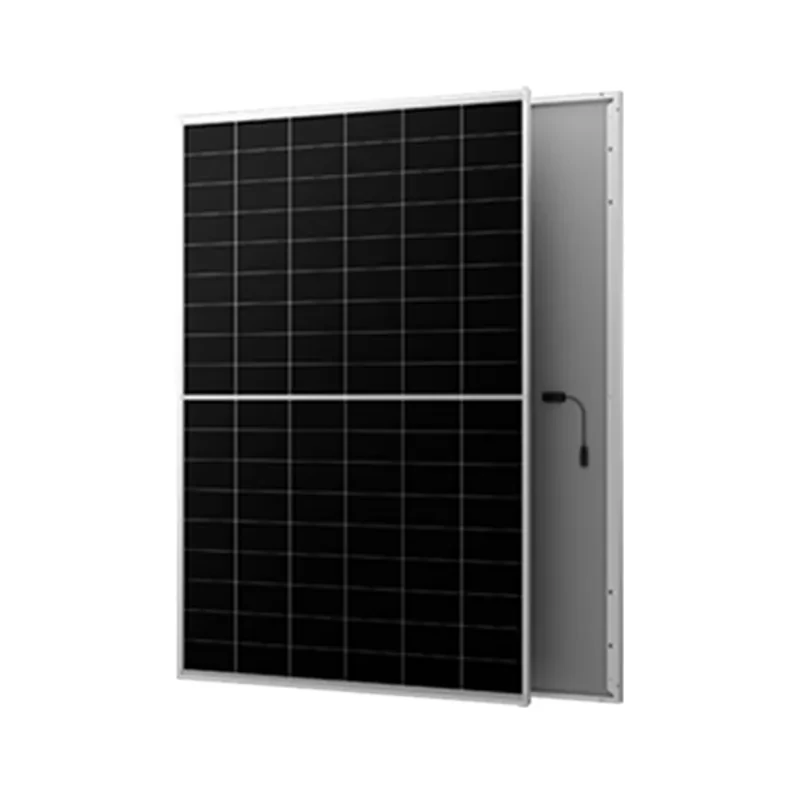Understanding Solar Panel Dimensions and Their Impact on Installation and Energy Efficiency
Understanding Solar Panel Sizes and Their Impact on Efficiency
The growing interest in renewable energy sources has propelled solar energy to the forefront of discussions on sustainability. Solar panels, also known as photovoltaic (PV) panels, are a critical component in harnessing solar energy. One of the factors that significantly influences the efficiency and effectiveness of a solar energy system is the size of the solar panels, typically measured in meters. Understanding solar panel sizes can help homeowners and businesses make informed decisions about their solar energy systems.
Solar Panel Sizes
Solar panels come in various sizes, typically ranging from 1 to 2 meters in length and about 1 meter in width. Commonly, residential solar panels measure around 1.65 meters by 1 meter, providing a surface area of approximately 1.65 square meters. Commercial panels may be larger, enhancing the energy output per installation. The size of the solar panel directly correlates with its power output, which is measured in watts. A standard solar panel can produce between 250 to 400 watts, depending on the technology used and the amount of sunlight it receives.
Factors Influencing Solar Panel Size
Several factors determine the appropriate solar panel size for a specific application. The first is the energy needs of the consumer. A family that consumes more electricity will require either more panels or larger panels to meet their needs. Furthermore, local climate conditions play a crucial role; regions with higher solar irradiance can make better use of larger panels, maximizing energy production.
The amount of available installation space is another vital consideration. Smaller rooftops may restrict the number of panels that can be installed. In such cases, choosing higher-efficiency panels, which are often more compact, can be an effective solution. This is particularly relevant in urban settings, where space is limited.
solar panel size in meter

Efficiency and Performance
Panel size is not the only determinant of performance; the efficiency of the solar cells used is also crucial. More compact panels may utilize advanced technologies, such as monocrystalline or bifacial solar cells, which can harvest more energy from sunlight than traditional polycrystalline panels. As a result, even smaller panels can produce significant wattage if they incorporate high-efficiency solar cells.
Additionally, the orientation and tilt of the panels affect their performance. Solar panels positioned at optimal angles can capture maximum sunlight throughout the day, enhancing their overall efficiency irrespective of size.
Scaling Up Solar Arrays
For larger energy needs, solar panels are often combined into arrays. These arrays can consist of multiple panels arranged in a configuration that best utilizes available space and sunlight exposure. For instance, a commercial facility may install an array comprising several panels measuring a collective area of tens or even hundreds of square meters. This scaling approach allows for greater power generation and can significantly reduce energy costs over time.
Conclusion
In conclusion, the size of solar panels, measured in meters, plays a pivotal role in determining the efficiency and suitability of solar energy systems. Factors such as energy consumption, space availability, and local sunlight conditions all contribute to the decision-making process surrounding panel choice. As solar technology continues to evolve, understanding these aspects will be essential for anyone considering a switch to solar energy. By selecting the right size and type of solar panels, homeowners and businesses can optimize their energy production, reduce their carbon footprint, and contribute to a more sustainable future.
-
Understanding the Advantages of Solar String Inverters for Your Energy SystemNewsApr.29,2025
-
Choosing the Right PV Inverter: A Comprehensive GuideNewsApr.29,2025
-
The Future of Solar Power: Exploring Bifacial Solar PanelsNewsApr.29,2025
-
The Complete Guide to Solar Panels: Efficiency, Cost, And InstallationNewsApr.29,2025
-
The Best Options for Efficiency and Cost-EffectivenessNewsApr.29,2025
-
Harnessing the Power of Off-Grid Solar Inverters for Energy IndependenceNewsApr.29,2025







